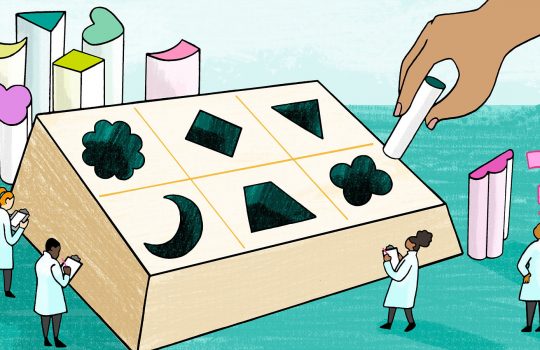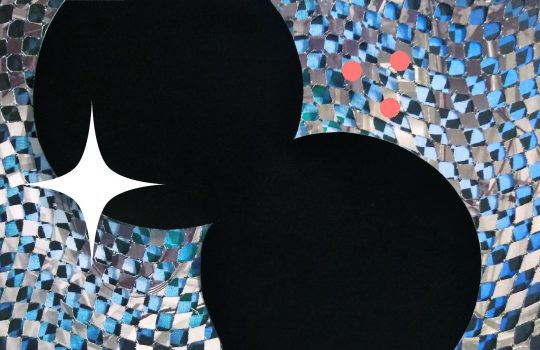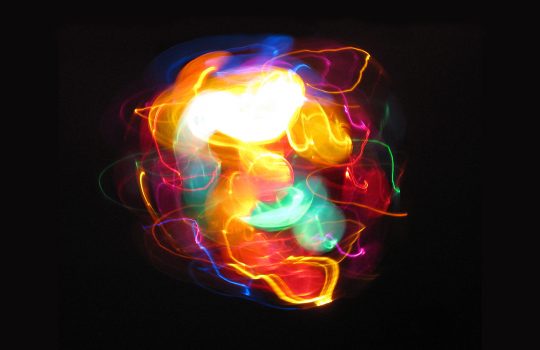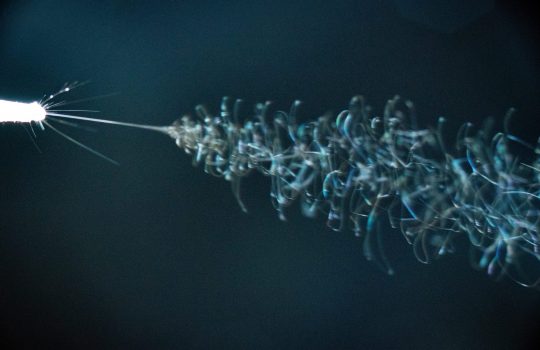Baby bison born at Fermilab
From the Chicago Tribune, April 23, 2019: Over the weekend, the first baby bison of the spring was born to the herd at Fermilab. Fermilab may be known for its cutting-edge scientific work, but its first director, Robert Wilson, always wanted to be reminded of his home in Wyoming where he lived before moving to Batavia, and so he brought bison with him.





